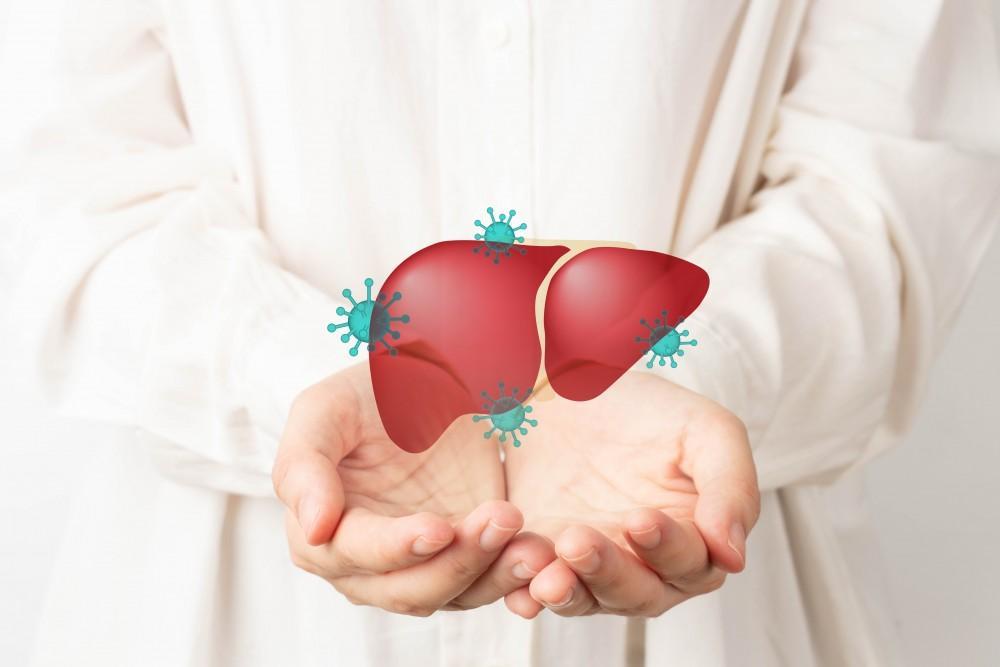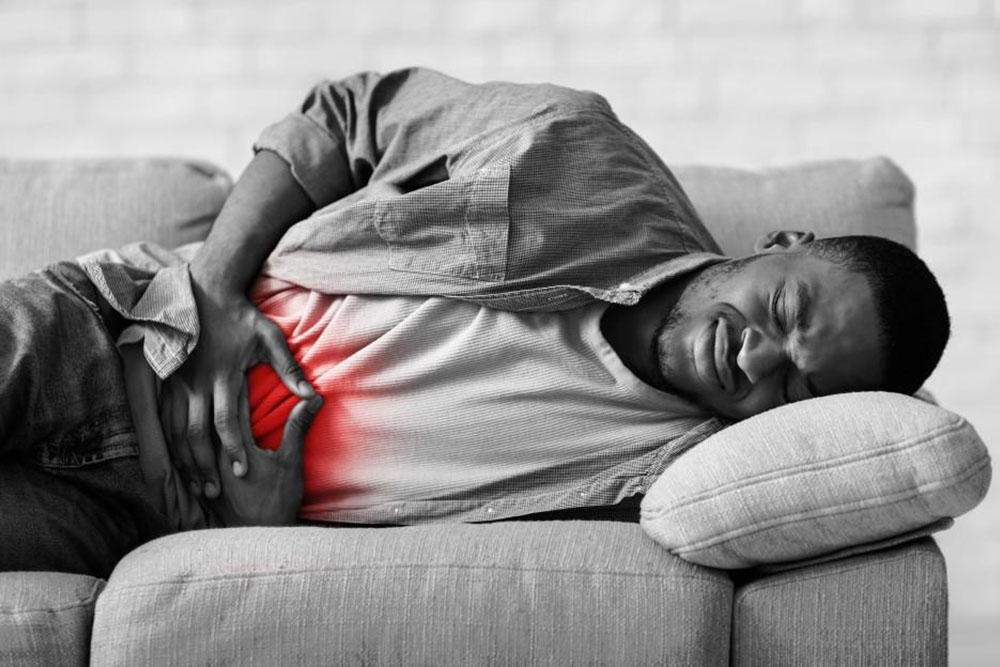What Are Colon Angioectasias?
Colon angioectasias are tiny blood vessels in the colon (large intestine) that are fragile and can break easily. This can lead to bleeding into the stool or cause low iron levels, resulting in anemia.
You may also hear these referred to as colonic angioectasia or angioectasia in the ascending colon.
ICD-10 Code: K31.82
Common Causes and Risk Factors
- Older age (over 60) : blood vessels weaken with age
- Kidney or heart problems : affect blood flow
- Use of blood thinner medications : increases bleeding risk
- History of gastrointestinal (GI) bleeding
- High pressure in colon blood vessels
Signs and Symptoms
- Visible or hidden (occult) blood in the stool
- Tiredness or weakness from low iron (anemia)
- Dizziness or shortness of breath
- Mild abdominal pain or cramps
How Dr. Rishi Diagnoses Colon Angioectasias?
Dr. Rishi uses a step-by-step approach:
Medical History and Physical Exam
He reviews your history of GI bleeding (visible or hidden blood in stool), fatigue, iron-deficiency symptoms, and all medications including blood thinners. A focused abdominal exam checks for tenderness, distension, or other physical signs.
Colonoscopy
A thin, flexible scope examines the entire colon to locate angioectasias. If bleeding lesions are found, Dr. Chadha can treat them immediately with endoscopic coagulation, argon plasma coagulation, or placement of hemostatic clips.
Capsule Endoscopy
When colonoscopy is inconclusive or the small bowel is suspected, you swallow a pill-sized camera that records detailed images throughout the gastrointestinal tract, helping pinpoint elusive bleeding sources.
Blood Work
Laboratory tests including a complete blood count (CBC) and iron studies measure hemoglobin and iron levels to confirm anemia, assess its severity, and guide iron supplementation or further intervention.
Frequently Asked Questions
What is a colonic angioectasia?
A colonic angioectasia is a tiny, fragile blood vessel in the colon that can bleed.
Who is at risk for colon angioectasias?
They are most common in people over age 60, especially those with kidney or heart disease, a history of GI bleeding, or on blood thinners.
What does in the ascending colon mean?
It means the angioectasia is located in the first (ascending) part of the large intestine.
What is the ICD-10 code for colon angioectasia?
The code is K31.82.
How do doctors diagnose colon angioectasias?
Through colonoscopy (and often capsule endoscopy) plus blood tests to check iron and hemoglobin levels.
Can a better diet alone fix angioectasias?
No. A high-fiber diet and hydration help overall health, but bleeding often requires medical or endoscopic treatment.
Are colon angioectasias dangerous?
They can cause chronic bleeding and anemia if untreated, but they rarely threaten life when properly managed.
How long do treatments take?
Most endoscopic procedures to treat bleeding spots take 30-60 minutes.
Will I need to stay overnight in the hospital?
No. Most patients go home the same day after minimally invasive treatment.
Is treatment covered by insurance?
Yes. We accept most insurance plans and assist with checking your coverage.











